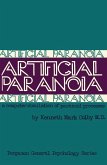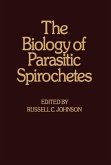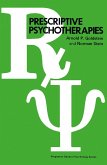Methods of Animal Experimentation, Volume V: Nutrition, Aging, and Artificial Organs is a collection of papers that deals with methods to be used in animal experiments to achieve cost effectiveness in their use. This collection discusses laboratory animals used in different experiments such as in nutritional research, aging studies, and artificial organ research. The papers describe the species of animals appropriate for the kind of experiment to be conducted and the criteria that should be followed in choosing a certain species. These criteria include their growth rate, stage of development, as well as existing performance variations. In determining test animals for aging experiments, the book recommends that complete data be available on the genetics of the species, strain, diet history, environmental factors, breeding, and spontaneous diseases to approximate the best test results. The book addresses that the aged are more susceptible to inputs than the young in terms of morphological and functional age. In selecting test animals for artificial organ research, the book notes the importance of animal selection that will be determined, for example, by 1) the size of the prosthesis; 2) the amount of blood flow needed for the device differs in animals and man; and 3) the surgical techniques that will be employed. This book will prove helpful for laboratory workers, veterinarians, and technicians working with laboratory animals. This collection will also be appreciated by researchers designing medical and scientific tests.
Dieser Download kann aus rechtlichen Gründen nur mit Rechnungsadresse in A, B, BG, CY, CZ, D, DK, EW, E, FIN, F, GR, HR, H, IRL, I, LT, L, LR, M, NL, PL, P, R, S, SLO, SK ausgeliefert werden.









